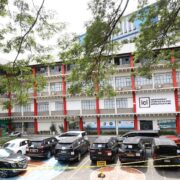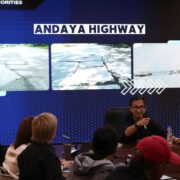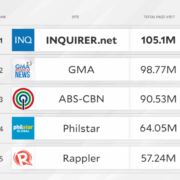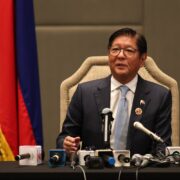Nurturing the Innovation Mindset: The New Zealand Education Experience
New Zealand has a total of 2,544 schools (as of July 1, 2022). These include state, Kura Kaupapa Māori, and private schools.
Unlike many education systems run by a district, the New Zealand model empowers each school with a high degree of autonomy. Government-funded state schools operate under local Boards of Trustees, allowing them the flexibility to adopt a localized curriculum.
This system gives individual schools the flexibility to implement educational strategies that best meet the needs of their own student populations, thereby promoting innovation and responsiveness in meeting local community and learner needs.
The Innovation MindsetSchools are increasingly required to foster innovation to be future-fit for a world facing exponential change.
There are two crucial components that drive innovation: Ideas and their implementation—the two ‘I’s in innovation. Ideas without action are just a dream.
Play is our human superpower, the creative impulse that has been key to our evolutionary success. We need safe spaces to play, to try things out, to experiment.
Strategic Measurement
Tracking progress is vital in achieving desired outcomes from innovative ideas. How do we know we are on track? How do we make the best decisions that are ultimately going to achieve the outcomes we want? How do we know we are making a tangible difference and hitting the outcomes we want?
The strategic measurement framework developed by the Springboard Trust builds on the balanced scorecard model—a user-driven and holistic approach to measurement. It provides a bespoke and comprehensive way to measure a school’s performance in key areas and maintain accountability in achieving set objectives.
The scorecard developed by Springboard Trust focuses on four perspectives:
- School Culture and Community – fostering a positive, inclusive environment.
- People, Tools, and Resources – ensuring the right personnel, materials, and equipment.
- Teaching and Leadership – promoting effective pedagogy and leadership.
- Academic Learning – enhancing the learning outcomes.
Within each perspective, a single desired outcome is declared that when achieved, causes significant progress in attaining the school’s vision and purpose. A basket of measures are then selected and a baseline score is established. Ongoing measurement over time tracks performance and provides insights for action, such as strategically abandoning an initiative or amplifying it.
In conclusion, encouraging a culture of innovation and continuous improvement in your school is essential to remain current and competitive. Strategic measurement is an important part of this work. Be open to new ideas from overseas whilst also emphasizing the need for a tailored approach that fits your local conditions and the needs of your school.
John Eyles is an award-winning educator, innovator, and entrepreneur with over 20 years of international experience, consulting for public and private schools, corporations, and charitable foundations. A respected industry leader, he has pioneered innovative online educational strategies and programs, harnessing technology and measurement frameworks to enhance the learning experience for students around the world.
He is the Director of Wheelhouse Education & Learning Ltd, a consultancy firm based in Auckland, New Zealand that provides high-quality learning and development solutions to healthcare organizations. Most recently, he also led the design and deployment of a strategic measurement framework for New Zealand schools with Springboard Trust. From an initial pilot with 45 primary and high schools across New Zealand, this world-first programme is now being rolled out more widely with measurable success.















